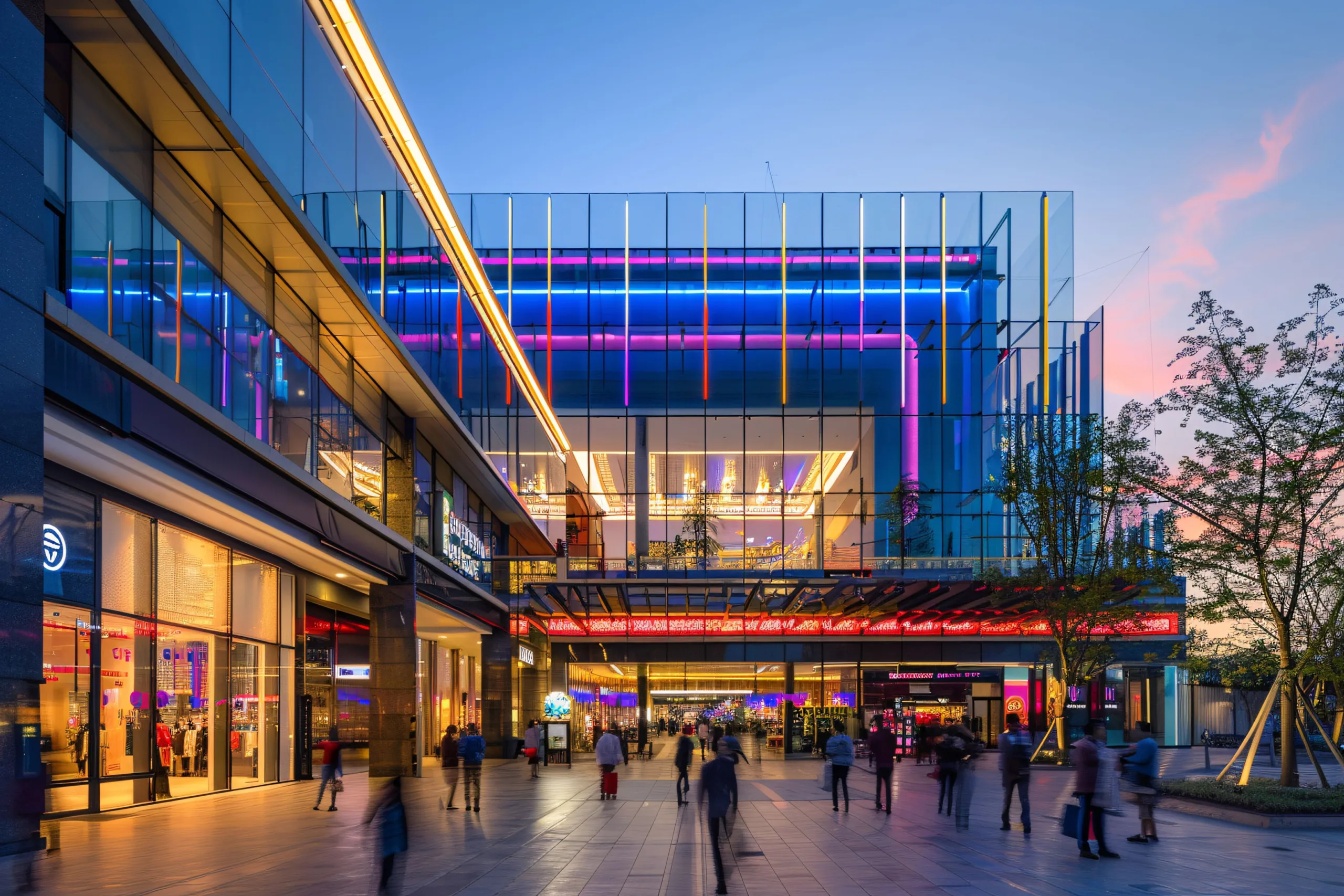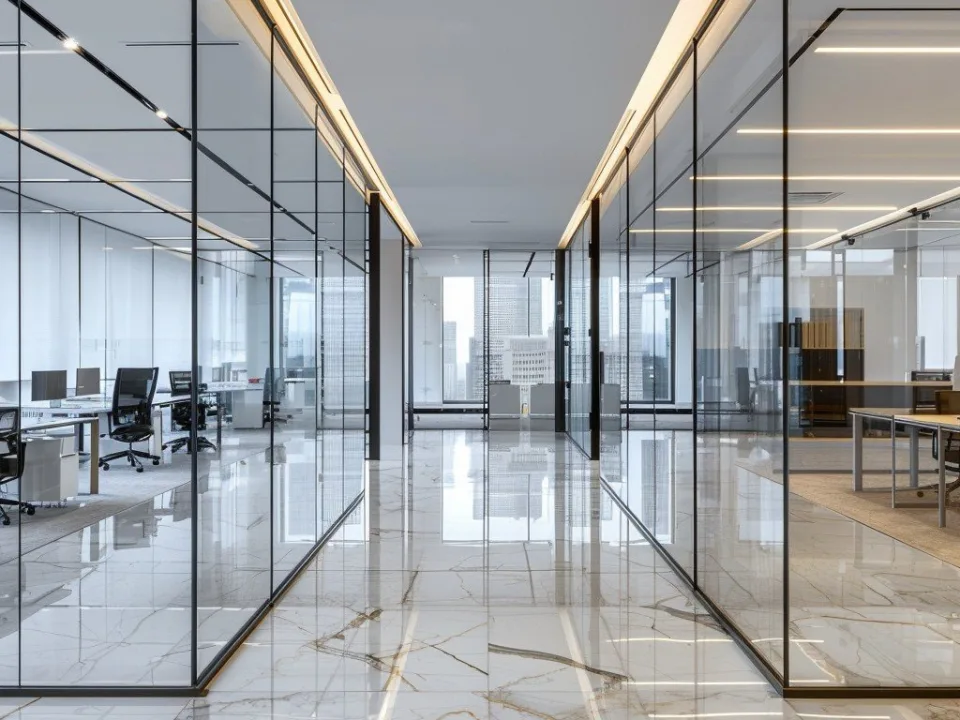- With traditional mall anchors like Sears, Macy’s, and JCPenney closing in recent years, landlords are increasingly replacing them with nontraditional tenants such as churches, bowling alleys, and Barnes & Noble.
- Repurposed anchor spaces are generating up to five to six times more revenue than the department stores they replace, as mixed-use and entertainment offerings boost “cross-shopping.”
- Mall foot traffic is rebounding, with Gen Z and nostalgic older shoppers visiting not only for shopping but also for experiences, events, and community spaces.
The American shopping mall is changing. Department stores are being replaced with churches, bookstores, and bowling lanes, reports CNBC. Long-struggling properties are finding fresh momentum by replacing traditional anchors with tenants that draw steady foot traffic and encourage customers to linger.
From Sears To Sunday Service
Dayton Mall in Ohio, which lost Sears and Bon Ton in 2018, filled its vacant 162K SF Sears space by selling it to Crossroads Church. The congregation converted 90K SF into a worship and community center. It draws thousands of visitors each week and keeps the mall open seven days a week.
Get Smarter about what matters in CRE
Stay ahead of trends in commercial real estate with CRE Daily – the free newsletter delivering everything you need to start your day in just 5-minutes
Revenue Revival
For large mall landlords like CBL Properties, reimagining anchor spaces has been a slow but profitable shift. Some redeveloped former Sears locations now bring in $35–$48M annually compared to $7–$8M under the old department store model. New anchors range from restaurants like The Cheesecake Factory to entertainment centers like Dave & Buster’s.
The Barnes & Noble Effect
Bookstores have emerged as unexpected mall powerhouses. At Albuquerque’s Coronado Center, Barnes & Noble accounts for nearly 8% of mall visits, outperforming Macy’s and JCPenney. The retailer plans to expand into more enclosed malls, particularly in vacant big-box spaces once occupied by chains like Forever 21.
Experience Over Retail
Mall operators are betting on experiences such as bowling, laser tag, yoga studios, and seasonal events. These attractions draw in younger customers and nostalgic Gen X and millennials. Post-pandemic trends have reinforced malls as community spaces, offering more than just shopping.
Why It Matters
With foot traffic rebounding and repurposed spaces driving higher revenue, the traditional “dying mall” narrative is shifting. By embracing unconventional tenants and blending retail with recreation, malls are carving out a new role as hybrid shopping-and-experience destinations.
What’s Next
Expect more enclosed malls to follow suit, subdividing large vacant stores into diverse, niche tenants. From coffee at the church café to a few games of bowling before book browsing, the future of malls may look less like the past—but could be just as busy.


















